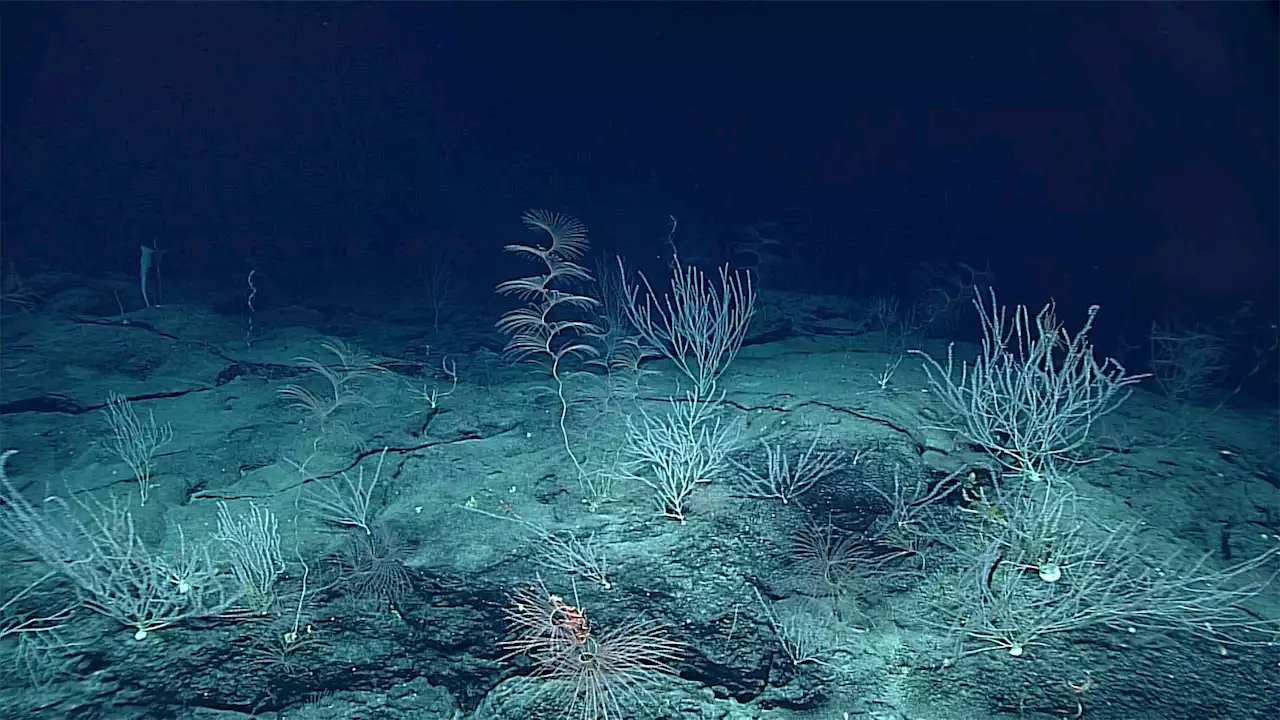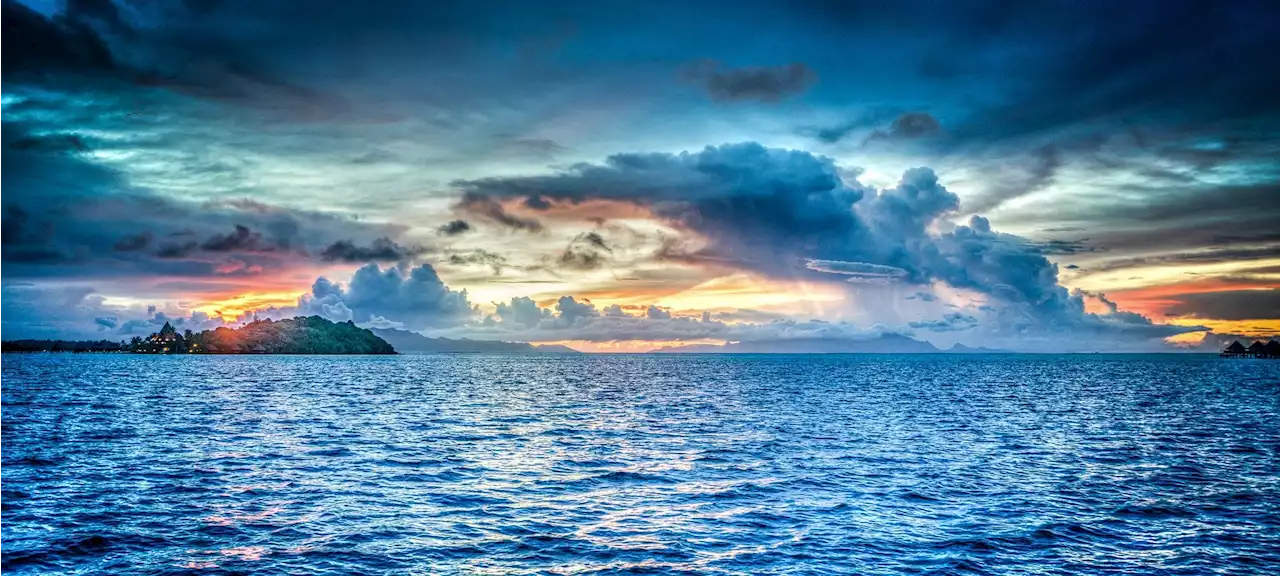Ocean acidification will likely almost triple by the end of the century—a drastic environmental change that could impact important marine species like fleshy seaweeds, algae that grow vertically and promote biodiversity in more than a third of the world's coastline. To get a better idea of how seaweeds might fare in a rapidly acidifying ocean, a team of Swedish marine scientists subjected a common fleshy seaweed species to the acidification levels expected by the end of the century.
designed to simulate waves in order to see whether it would be at higher risk of damage or detachment in the ocean.
After comparing these metrics with measurements taken from F. vesiculosus grown in non-acidified seawater, the team found that the acidification had mixed results. The seaweed grown in acidified water actually grew more, photosynthesized more effectively, and showed no significant increase in drag. However, they also observed that the acidified seaweed had reduced thallus strength, less dense tissues, a more porous structure overall, and lower levels of calcium and magnesium—important nutrients that contribute to the strength and flexibility of a plant's structure. In general, the acidified seaweed broke more easily and died more often.
"Negative effects of ocean acidification on the tissue structure and breaking strength of seaweeds like F. vesiculosus could have drastic effects on coastal ecosystems," write the researchers."Such changes could lead to an overall decrease in seaweed coverage, with corresponding negative effects on organisms that depend on these habitats for food and shelter."
The team calls for more research to test whether the impacts of ocean acidification are similar for all fleshy seaweeds."If this proves to be a general mechanism affecting fleshy seaweeds, the expectation is that ocean acidification will have critical structuring effects on rocky-shore ecosystems given how widely distributed and fundamental brown seaweeds are across one-third of the coastlines of the world.
Brasil Últimas Notícias, Brasil Manchetes
Similar News:Você também pode ler notícias semelhantes a esta que coletamos de outras fontes de notícias.
 Videos show Jan. 6 rioter known as 'Swedish Scarf' at the CapitolVideos used as part of the government's evidence show Paul Belosic, known to online sleuths as 'Swedish Scarf,' at the Capitol confronting officers and inside a Senate office during the January 6 riot.
Videos show Jan. 6 rioter known as 'Swedish Scarf' at the CapitolVideos used as part of the government's evidence show Paul Belosic, known to online sleuths as 'Swedish Scarf,' at the Capitol confronting officers and inside a Senate office during the January 6 riot.
Consulte Mais informação »
 The deepest known ocean virus lives under 29,000 of waterThe newly discovered virus vB_HmeY_H4907 exists in part of the ocean so inhospitable that it was named after the Greek god of the underworld.
The deepest known ocean virus lives under 29,000 of waterThe newly discovered virus vB_HmeY_H4907 exists in part of the ocean so inhospitable that it was named after the Greek god of the underworld.
Consulte Mais informação »
 From the Abyss: New Virus Discovered in Earth’s Deepest Ocean TrenchThe Mariana Trench, the deepest place on Earth, descends almost 11,000 meters (36,000 feet) at its lowest point on the floor of the Pacific Ocean. Even in this profound and chilly abyss, life persists. “wherever there’s life, you can bet there are regulators at work,” said marine virologist Min Wang
From the Abyss: New Virus Discovered in Earth’s Deepest Ocean TrenchThe Mariana Trench, the deepest place on Earth, descends almost 11,000 meters (36,000 feet) at its lowest point on the floor of the Pacific Ocean. Even in this profound and chilly abyss, life persists. “wherever there’s life, you can bet there are regulators at work,” said marine virologist Min Wang
Consulte Mais informação »
 Fever Ray Enlists Avalon Emerson for a Delirious Remix of 'Carbon Dioxide'Original track appears on the inventive Swedish artists’ first album in six years, Radical Romantics
Fever Ray Enlists Avalon Emerson for a Delirious Remix of 'Carbon Dioxide'Original track appears on the inventive Swedish artists’ first album in six years, Radical Romantics
Consulte Mais informação »
 Ocean acidification makes ecologically important seaweed species fragileOcean acidification will likely almost triple by the end of the century—a drastic environmental change that could impact important marine species like fleshy seaweeds, algae that grow vertically and promote biodiversity in more than a third of the world's coastline. To get a better idea of how seaweeds might fare in a rapidly acidifying ocean, a team of Swedish marine scientists subjected a common fleshy seaweed species to the acidification levels expected by the end of the century.
Ocean acidification makes ecologically important seaweed species fragileOcean acidification will likely almost triple by the end of the century—a drastic environmental change that could impact important marine species like fleshy seaweeds, algae that grow vertically and promote biodiversity in more than a third of the world's coastline. To get a better idea of how seaweeds might fare in a rapidly acidifying ocean, a team of Swedish marine scientists subjected a common fleshy seaweed species to the acidification levels expected by the end of the century.
Consulte Mais informação »
